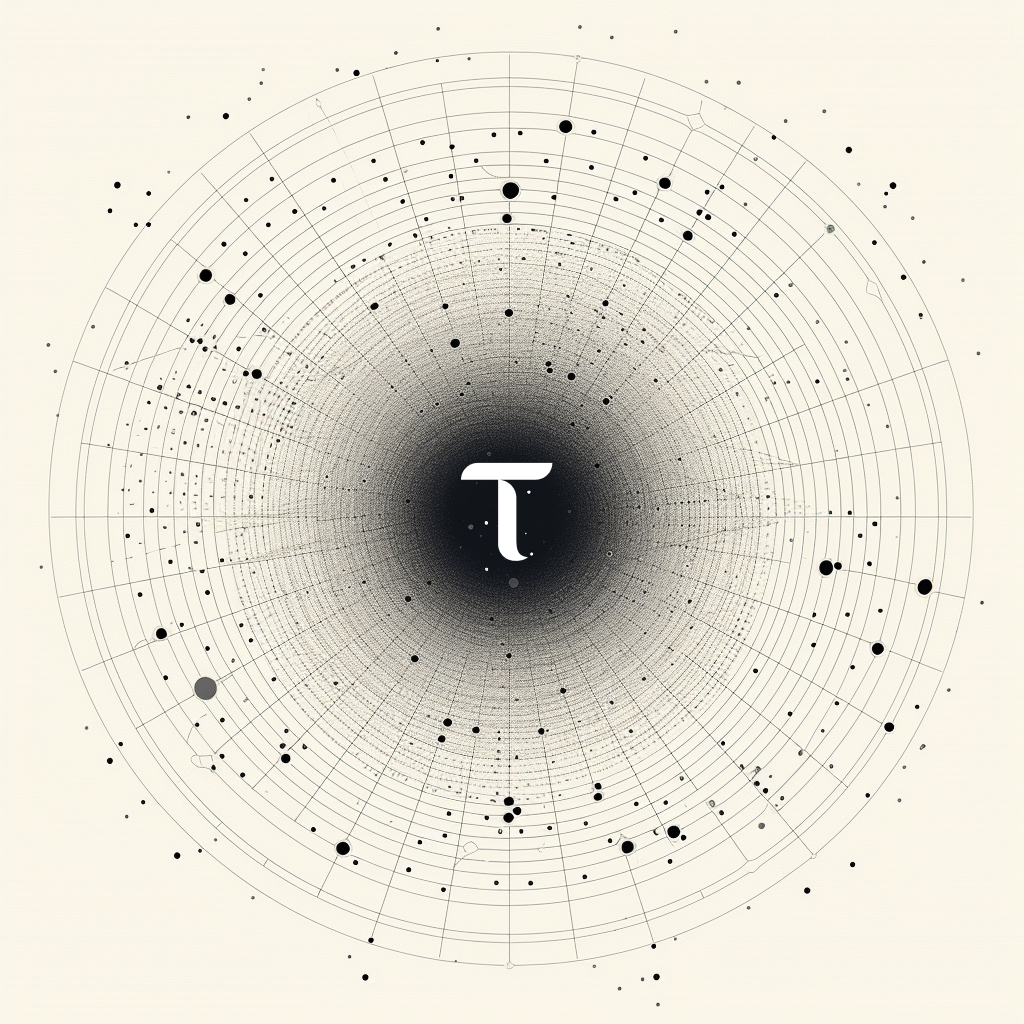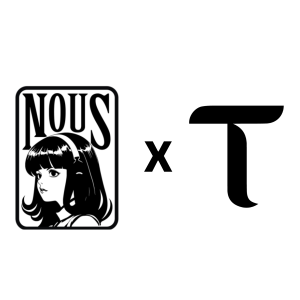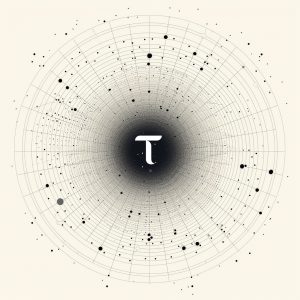this article is aimed to explain the complex interplay between the economic incentives and the technological advancements which make tao the ultimate value aggregator by design. the scalability of τ‘s value is directly tied to the scalability of the network behind it which will be the DeAi infrastructure.
the game-theoretic design of the network behind tao is based on competition in all fields. this competition starts with the currently 32 subnets. it’s a darwinian process where the most efficient, reliable and valuable subnet survives and gets the most emissions while the subnets that lack innovation or use case get less incentive or will be kicked out of the network. the competition goes on with competing validators/miners and ends with competition of request nodes and client apps. cause of that the system also fine-tunes itself in a way that incentive mechanisms evolve constantly. if one gets tricked the subnets emissions get cut off until it’s fixed while the rest of the network is still running.
there will likely be 2 types of subnets that do pretty well. the first type will be high-growth subnets like corcel which have a high amount of users and grow really fast. another example would be the compute subnet or sybil (s4) which could reach a evaluation of 100b on its own if successful. validators will support them cause they give a lot of traffic and drive positive attention to the network. the second type of subnets will be revenue based subnets like the prediction subnet for example. these revenue based subnets will drive a lot of validators to sign up cause they will make revenue models which gonna drive insane amounts of money to the validators and in return the valis will set emissions/weights for these subnets. so as high growth subnets may have more upside the revenue based subnets gonna pass revenue back to the validators and in that scenario the validators gonna make insane money. that’s why all the big validators literally don’t sell their coins and eat up all the supply, i mean it’s on-chain just look at it. everybody will want to become a validator and get a chunk of that revenue which causes a huge supply shock.
now back from subnets to the game-theoretic dynamics of such a competitive network which are complex and multifaceted. the dynamic equilibrium reached is not static but is constantly evolving as participants adapt their strategies in response to the changing environment and the actions of others. this creates a robust and adaptive system that can potentially lead to a highly efficient and innovative network, driven by the collective intelligence of its participants. every type of llm can be run upon. the miners and validators on these subnets are both competitors and collaborators seeking to maximize their utility by providing the best computational resources, language models and ai services. tao is the medium through which value is transferred, and its distribution is governed by a fair launch protocol, which turns the different modality’s and resources produced into scalable commodity markets.
the fair launch of tao ensures that no single entity can dump on you or gets disproportionate control over the network, which fosters a community-driven ecosystem where each miner’s contribution is valued equally. this approach not only aligns with the principles of game theory, where each player has an equal opportunity to strategize but also with the broader vision of a decentralized and this time really „open“ ai infrastructure. the consensus behind the network can’t be stopped no matter how hard the regulators and ai doomers want it.
bittensor has everything you need for the creation of ai or to make it better under one incentive system based on tao emissions. with every application the network becomes more valuable and every subnet while still competing makes the other subnets more valuable too. the scraping and cortex subnet for example complement heavy to the the pre-training and storage subnet. if one subnet finds a solution to a common problem the others can adapt cause it’s all open source.
every new network participant increases the scarcity of tao, that coupled with increasing utility leads to a giant positive feedback loop on the price of tao. 87% of the coins are staked and new miners recycle over 1000 tao/day currently by joining subnets. we reached top 40 without a tier 1 exchange and went top 100 with otc only. exchanges need to buy their coins on the open market and could benefit from running validators.
but im digrassing from the topic, let’s stop the crypto shit i could talk for hours about the ai narrative or show similarities to bitcoin. compare with market caps of shitcoins like ada that hit 95b peak bull 2021 lmao. what truly will thrive the price on this one is utility. with the revolution update we had our ethereum moment and soon you won’t be able to catch up with all the new apps. but eth is str8 dogshit. i don’t know any meaningful applications on eth tbh.
meanwhile the utility with subnets is extending beyond anything i would have thought of only 2 months after the update. we got a pre-training subnet which did the first ever incentivized and decentralized training run, a multi modality subnet that indexes the entire internet every couple hours, a cortex subnet with a chatbot making gpt premium obsolete and a price prediction subnet where miners can earn thousands of dollars daily by predicting the bitcoin price with their models. and i know this is really just the first wave of subnets. acceleration just begun.
what could a coin for incentivizing a whole network of open ownership be worth when we got hundreds of subnets running with multiple apps on each of them? what could a coin behind an infrastructure like this be worth? it’s the only way to invest into the network. buy it, mine it or build on it that’s the only possibilities to get in.
single subnets/validators will be be full scale ai companies in the future and participating in this democratic network will be seen as an active way of protesting against the current regulatory movement aimed at open source ai. soon e/acc will turn τ/acc soon ct will turn cτ







